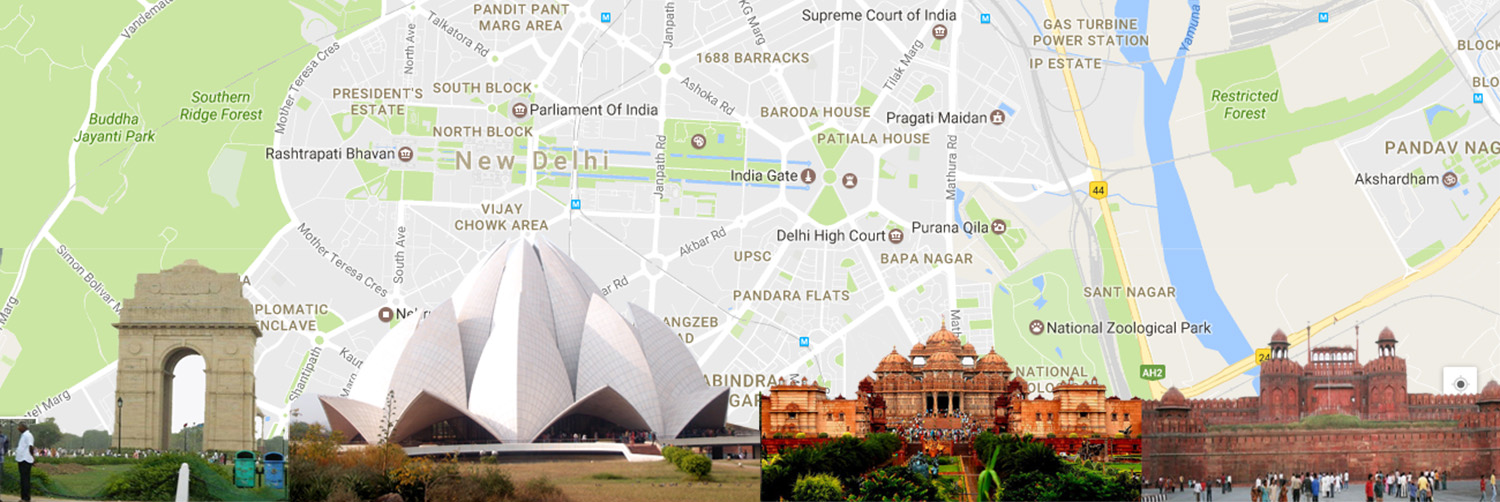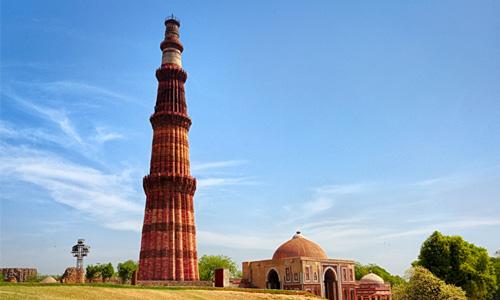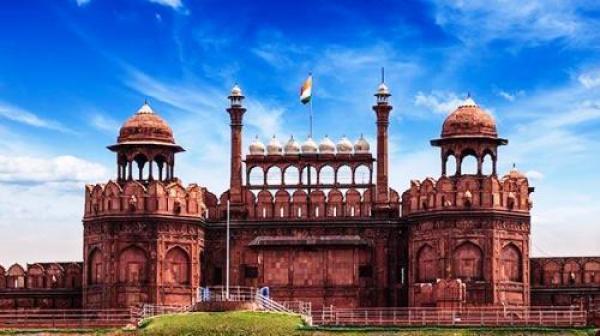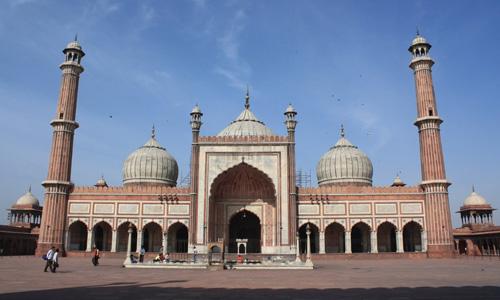


Qutab Minar is a soaring, 73 m-high tower of victory, built in 1193 by Qutab-ud-din Aibak immediately after the defeat of Delhi's last Hindu kingdom. The tower has five distinct storeys. Qutab-ud-din Aibak, the first Muslim ruler of Delhi, commenced the construction of the Qutab Minar in 1200 AD, but could only finish the basement. His successor, Iltutmush, added three more storeys, and in 1368, Firoz Shah Tughlak constructed the fifth and the last storey. | Qutub Minar is a minaret that forms part of the Qutb complex, a UNESCO World Heritage Site in the Mehrauli area of Delhi, India. Qutub Minar is the place where you can experience the real history. It is a masterpiece of the medieval age India, the Qutub Minar has over time remained one of the most popular tourist spots in Delhi, India
'Akshardham' as it name- Means the divine abode of God. It is hailed as an eternal place of devotion, purity and peace. Swaminarayan Akshardham at New Delhi is a Mandir. Akshardham is a Hindu house of worship, and a spiritual and cultural campus dedicated to devotion, learning and harmony. Timeless Hindu spiritual messages, vibrant devotional traditions and ancient architecture all are echoed in its art and architecture.The mandir is a humble tribute to Bhagwan Swaminarayan (1781- 1830), the avatars, devas and great sages of Hinduism. The traditionally-styled complex was inaugurated on 6 November 2005 with the blessings of HH Pramukh Swami Maharaj and through the devoted efforts of skilled artisans and volunteers.


East of Nehru place at New Delhi, this temple is built in the shape of a lotus flower and is the last of seven Major Bahai's temples built around the world. Completed in1986, it is set among the lush green landscaped gardens. The structure is made up of pure white marble The architect Furiburz Sabha chose the lotus as the symbol common to Hinduism, Buddhism, Jainism and Islam. Adherents of any faith are free to visit the temple and pray or meditate. Around the blooming petals there are nine pools of water, which light up, in natural light. It looks spectacular at dusk when it is flood lit.
Delhi's Red Fort, widely known as Lal Qila of Delhi is counted among the best and a must see place in the Capital City of Dlehi. Undoubtedly, the history associated with this magnificent structure exemplifies the royalty of the Mughals and honours the struggle against the British. Made of red sandstone, the Red Fort is spread over 250 acres and is high on architectural styling, prticularly a blend of Indian, European and Persian architecture. The Red Fort is founded by Emperor Shah Jahan and just a few decades older than the Palace of Versailles in France,


The Masjid-iJahan-Numa, commonly known as the Jama Masjid of Delhi, is one of the largest mosques in India. It was built by Mughal emperor Shah Jahan between 1644 and 1656 at a cost of 1 million rupees, and was inaugurated by an imam from Bukhara. The austere grandeur of this structure is sure to impress at the first glimpse. The mosque is built on an expansive elevated stone platform that is accessible through flights of stairs from three sides, east (35 steps), north (39 steps) and south (33 steps). The eastern gate is the largest and served as the Royal entrance, remains closed on weekdays